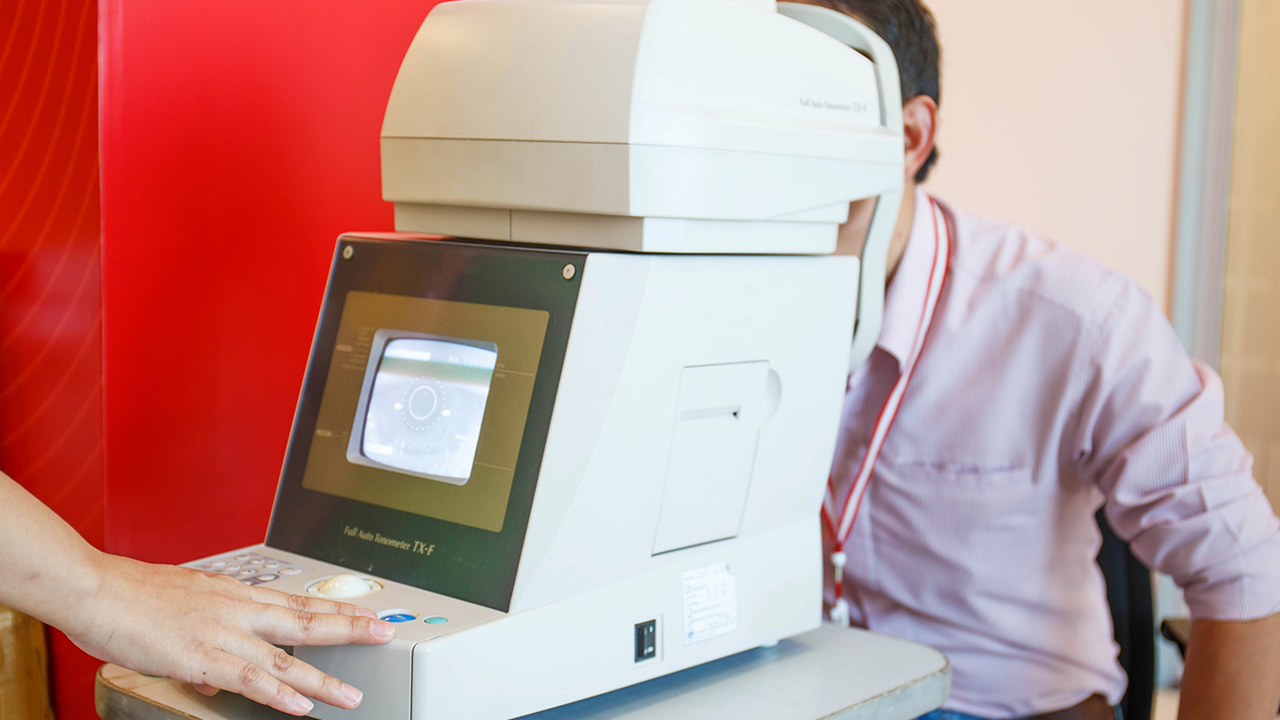Bone Hyperplasia Turns into Lumbar Disc Herniation

Bone hyperplasia, also known as osteophyte formation, is a condition in which there is excessive growth of bone tissue. This can occur in any bone in the body, but it is most commonly seen in the spine. When bone hyperplasia occurs in the spine, it can lead to a number of problems, including lumbar disc herniation.
Lumbar disc herniation is a condition in which the soft, jelly-like center of an intervertebral disc pushes through the tough outer layer of the disc. This can cause pain, numbness, and weakness in the lower back and legs. In some cases, it can also lead to nerve damage.
Bone hyperplasia can contribute to lumbar disc herniation in a number of ways. First, bone hyperplasia can narrow the spinal c***, which is the space through which the spinal cord and nerve roots pass. This can put pressure on the spinal cord and nerve roots, which can lead to pain, numbness, and weakness. Second, bone hyperplasia can weaken the intervertebral discs, making them more likely to herniate.
Symptoms of Bone Hyperplasia and Lumbar Disc Herniation
The symptoms of bone hyperplasia and lumbar disc herniation can vary depending on the severity of the condition. In some cases, there may be no symptoms at all. However, in other cases, the symptoms can be severe and debilitating.
The most common symptom of bone hyperplasia is pain. The pain can be located in the lower back, neck, or other areas of the body where bone hyperplasia is present. The pain may be dull and aching, or it may be sharp and stabbing. It may also be worse with activity or certain movements.
Other symptoms of bone hyperplasia can include:
Stiffness
Numbness
Weakness
Tingling
Loss of range of motion
The symptoms of lumbar disc herniation can also vary depending on the severity of the condition. In some cases, there may be no symptoms at all. However, in other cases, the symptoms can be severe and debilitating.
The most common symptom of lumbar disc herniation is pain. The pain may be located in the lower back, buttocks, or legs. It may be dull and aching, or it may be sharp and stabbing. It may also be worse with activity or certain movements.
Other symptoms of lumbar disc herniation can include:
Numbness
Weakness
Tingling
Loss of range of motion
Difficulty walking
Difficulty with bowel or bladder function
Diagnosis of Bone Hyperplasia and Lumbar Disc Herniation
The diagnosis of bone hyperplasia and lumbar disc herniation is based on a physical examination and a review of the patient's medical history. The doctor may also order imaging tests, such as an X-ray, MRI, or CT scan, to confirm the diagnosis.
Treatment of Bone Hyperplasia and Lumbar Disc Herniation
The treatment of bone hyperplasia and lumbar disc herniation depends on the severity of the condition. In some cases, conservative treatment, such as pain medication, physical therapy, and chiropractic care, may be sufficient to relieve symptoms. However, in other cases, surgery may be necessary to remove the bone hyperplasia or repair the herniated disc.
Prevention of Bone Hyperplasia and Lumbar Disc Herniation
There is no sure way to prevent bone hyperplasia or lumbar disc herniation, but there are a number of things that can be done to reduce the risk of developing these conditions. These include:
Maintaining a healthy weight
Exercising regularly
Avoiding smoking
Limiting alcohol intake
Eating a healthy diet
Getting enough sleep
Practicing good posture
Using proper lifting techniques
Avoiding activities that put stress on the spine
If you are experiencing any of the symptoms of bone hyperplasia or lumbar disc herniation, it is important to see a doctor to get a diagnosis and treatment plan. Early diagnosis and treatment can help to prevent further damage to the spine and nerves.
Bone Hyperplasia Turns into Lumbar Disc Herniation
Bone hyperplasia is a condition in which there is excessive growth of bone tissue. This can occur in any bone in the body, but it is most commonly seen in the spine. When bone hyperplasia occurs in the spine, it can lead to a number of problems, including lumbar disc herniation.
Lumbar disc herniation is a condition in which the soft, jelly-like center of an intervertebral disc pushes through the tough outer layer of the disc. This can cause pain, numbness, and weakness in the lower back and legs. In some cases, it can also lead to nerve damage.
The above is all the content that the editor wants to share with you. I sincerely hope that these contents can bring some help to your life and health, and I also wish that your life will be happier and happier.
Tags: #turns #hyperplasia #bone











